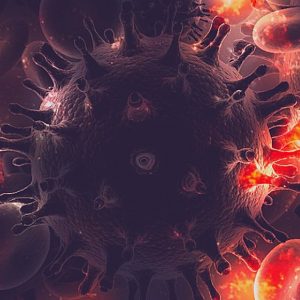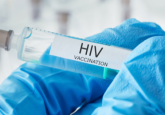Delivering HIV-1 envelope glycoprotein stabilization

A novel approach to HIV vaccine development has proved successful in stabilizing the HIV-1 surface protein Env and produces an effective anti-HIV immune response.
A novel approach to HIV vaccine development has overcome a key stumbling block in the production of viable vaccines and produced promising results in a recent study led by Jiang Zhu of Scripps Research Institute (CA, USA). Using protein modifications and virus-mimicking nanoparticles, Zhu was able to stabilize the HIV-1 surface protein Env in order to elicit a powerful immune response in both mice and rabbits.
The HIV-1 envelope glycoprotein (Env) is currently the primary target in vaccine development for HIV, due to its high exposure to the immune system and key role in the infection process. However, Env is a metastable trimer that exists in highly distinct conformations pre and post-infection. Therefore, previous efforts to develop vaccines based on the protein have fallen at the hurdle of stabilizing the Env protein in the desired pre-infection conformation.
Zhu had established, in a paper published in 2016, that Env could be stabilized in the pre-infection ‘closed’ conformation by an alteration to the HR1 domain of the protein. Building on this prior knowledge, the team found that this “uncleaved perfusion optimized” (UPO) approach could be used to efficiently generate stable, closed form Env proteins. They then established that up to 60 of these proteins could be fused to individual virus-like nanoparticles that, when introduced to an immune system, results in a stronger response than the trimers alone.
Testing the vaccine in mice and rabbits, the researchers found that the vaccine elicited a powerful and immediate immune response. The Env-on-nanoparticles vaccine took just 8 weeks to produce antibodies that, when extracted, were able to neutralize naturally circulating HIV strains, which has been unaffected by previous Env-based vaccine attempts. The vaccine is now in trial on 24 monkeys at the Southwest National Primate Centre (TX, USA).
The next step is for Zhu to ensure the vaccine approach is viable for the wide range of HIV strains. “We’re now testing two candidate vaccines based on Env trimers from different HIV strains, plus a third candidate vaccine that is a cocktail of three Env-based vaccines,” says Ji Li CEO of Ufovax, where the vaccine technology has been licensed. “We think this new approach represents a true breakthrough after 30 years of HIV vaccine research.”


